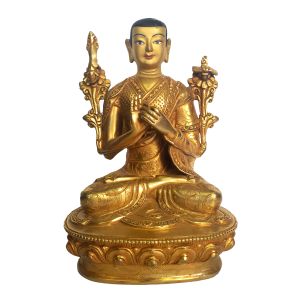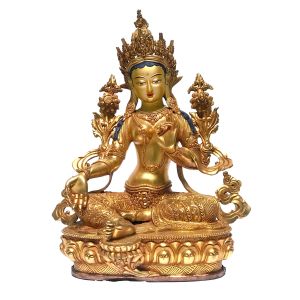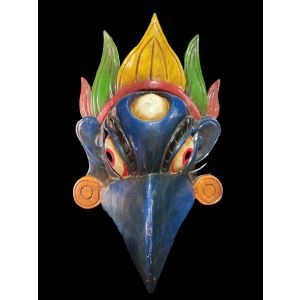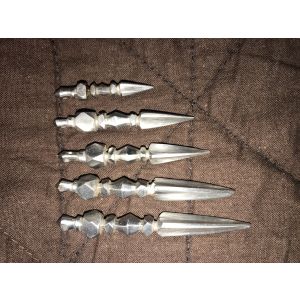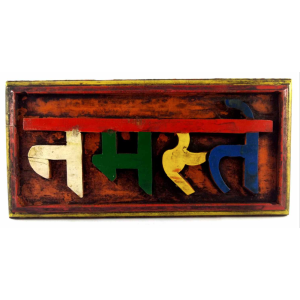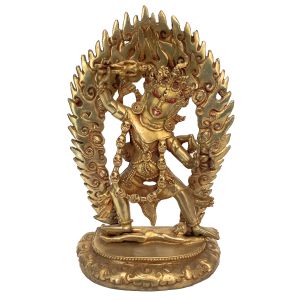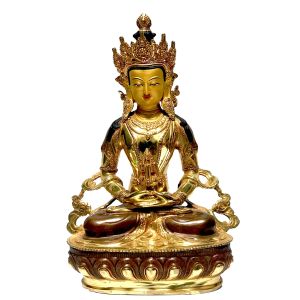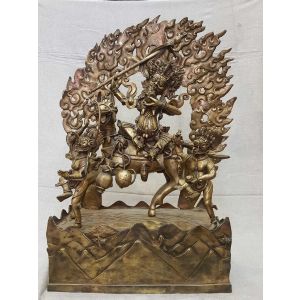Nepali Statue Of Dipankara Buddha, Copper Gold Plated , Antique Finishing
| Seller | Handmade Handicraft |
|---|---|
| Product Tags | Handmade, Handicraft, Craft, Statue, Gold Plated, Buddha, Meditation Buddha, Sitting Buddha, Buddha Statue, Copper Gold Plated, Dipankara Buddha, Statue Of Dipankara Buddha |
| UK Size | 4 |
| Seller | Admin |


